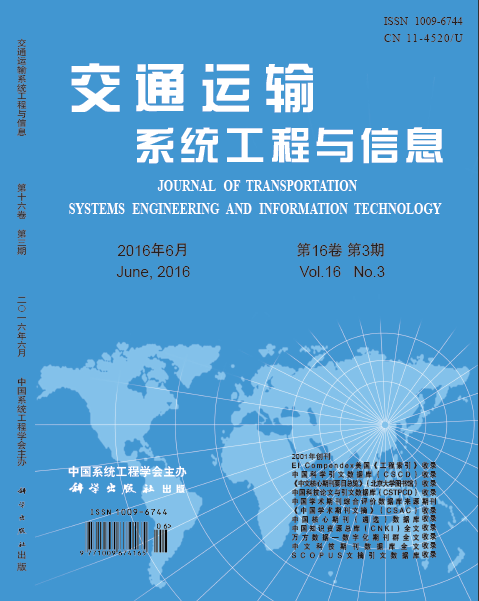This paper mainly studies the width calculation of one-platform-transfer station. The passengers’ dynamic distribution law is studied and a method of calculating the maximum assembling on one-platformtransfer station is given. The control point of calculating the width is analyzed. In the presented method, the two waiting areas are calculated on a consolidated basis, which is different from the current code. Further, in a case of an one-platform-transfer station, the result is 11.8 m which is bigger than 9.8 m in China’s current code for design of metro, smaller than 12.4 m in American’s B level. In the end, with the help of the software, the pedestrian density is tested under the three ways. In the current code, the pedestrian density in the waiting area reaches 2.5 person/m2, and 1.8 person/m2 in American’s B level, while using the presented way, the result is 2.0 person/m2. In the distribution area, the pedestrian density in China’s current code reaches 0.8 person/m2, and 0.5 person/m2 in American’s B level, while using the presented way, the result is 0.6 person/m2.


